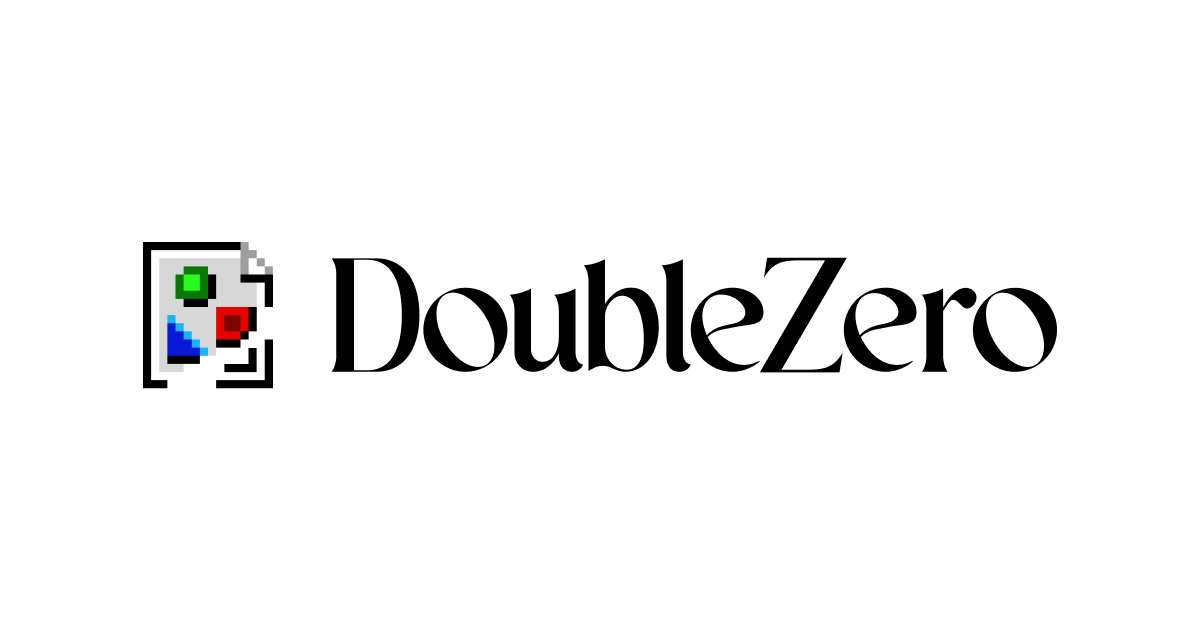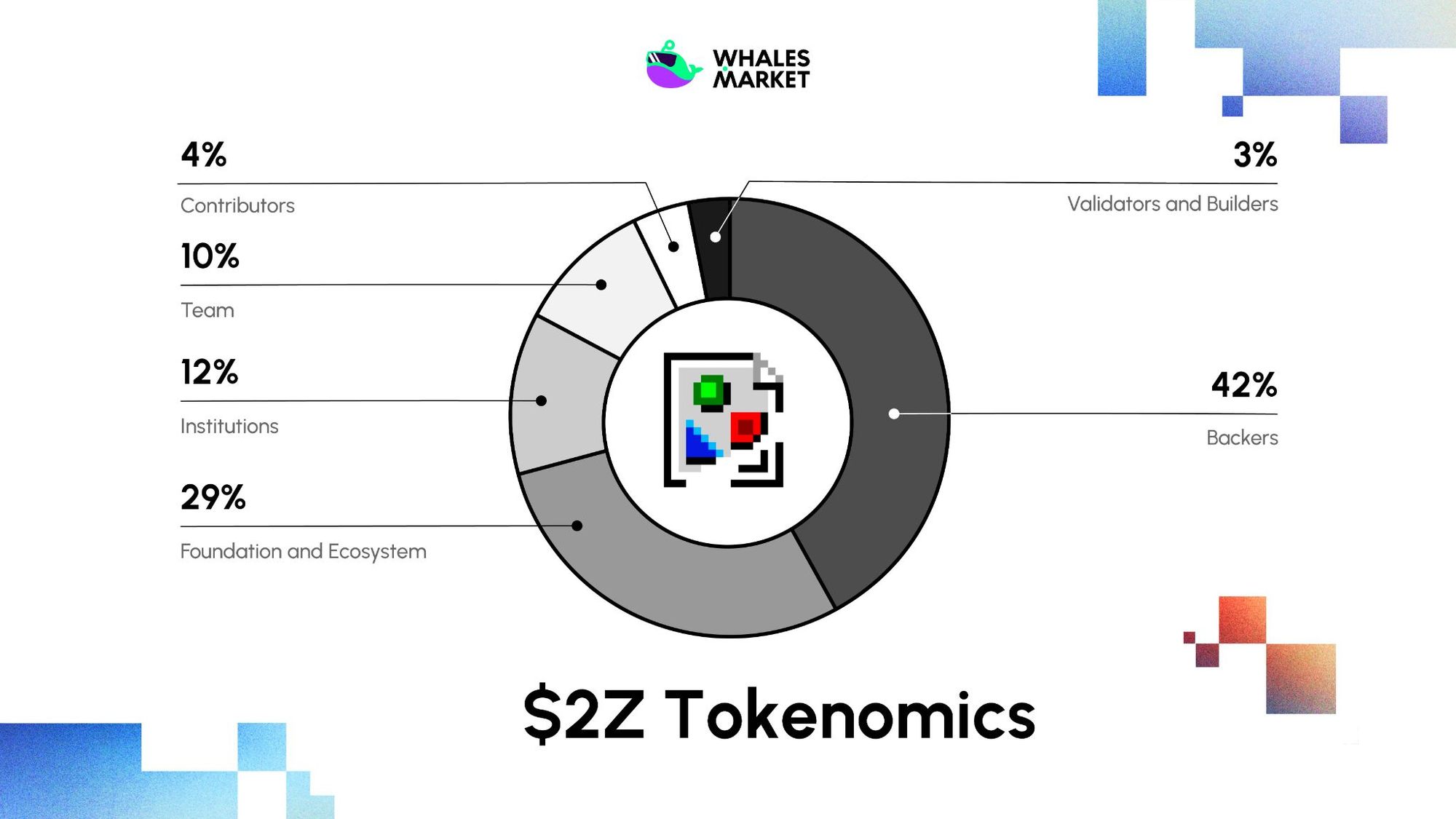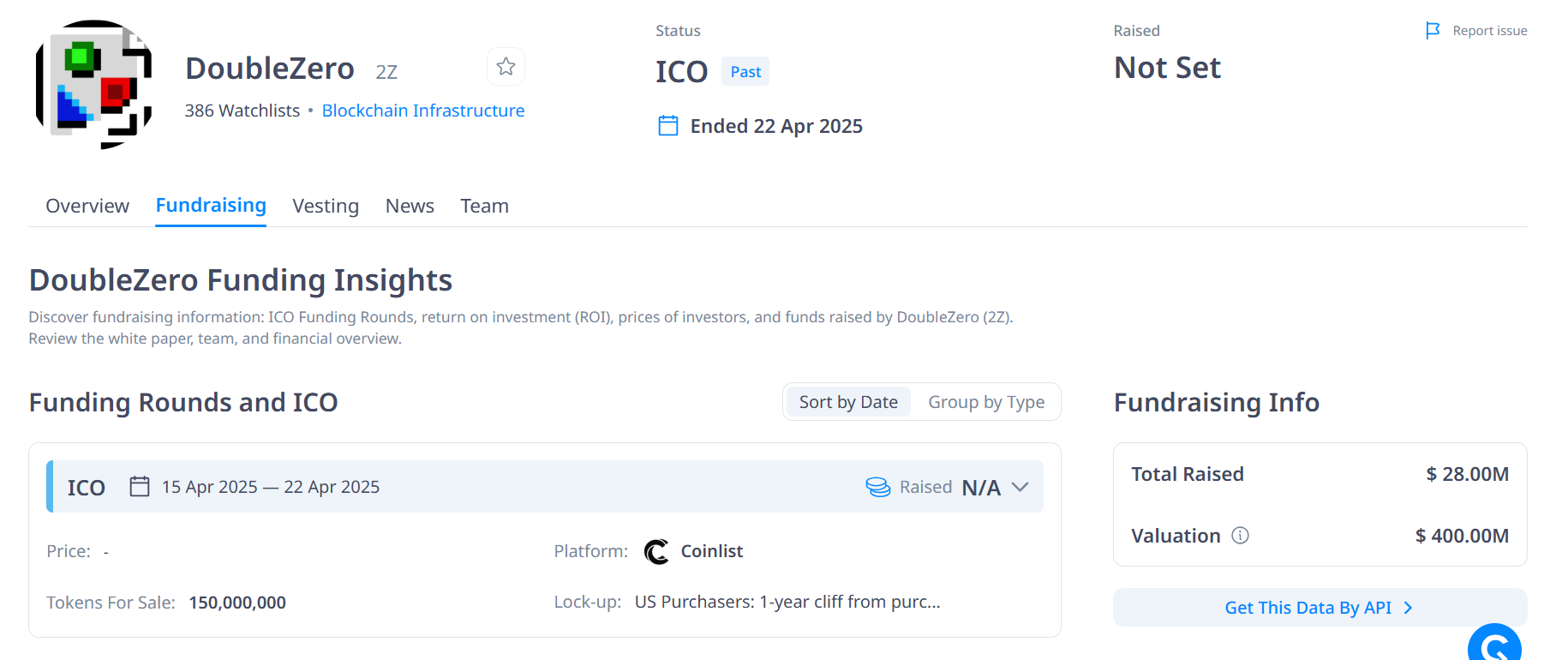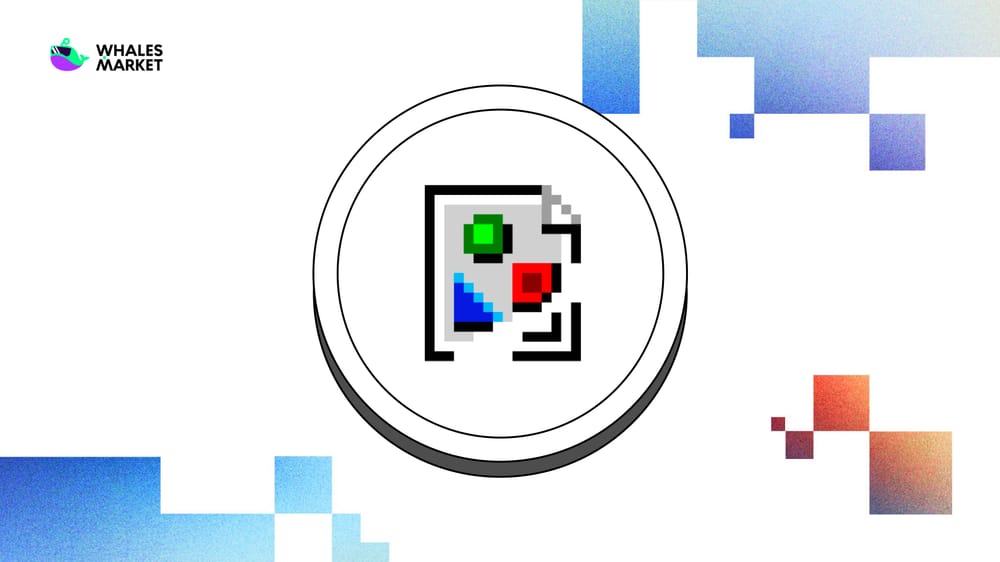Blockchain platforms, while powerful, still struggle to handle high transaction volumes without experiencing significant latency. DoubleZero aims to improve these factors, making blockchains and decentralized applications more efficient. So what is DoubleZero? Let’s dive into this article.
What is DoubleZero?
DoubleZero is a global fiber optic network designed for distributed systems and blockchains. Its goal is to create a high-performance infrastructure layer that allows the integration of independent fiber optic links without permission, eliminating communication bottlenecks for Layer 1 and Layer 2 blockchains.
DoubleZero operates with two main layers: the Outer Ring filters traffic and protects validators, while the Inner Ring connects validators with optimized transmission paths, improving consensus speed. The system also integrates FPGA hardware, supporting multicast to optimize blockchain state transmission.
Key Features of DoubleZero

Here is the key features of the project:
- Dual-Ring Architecture: Optimizes speed and security, with the outer ring filtering transactions and protecting against DDoS, the inner ring optimizing bandwidth and reducing latency between validators.
- Edge Filtering: Eliminates duplicate transactions and invalid data, reducing load and speeding up transaction processing.
- Permissionless Network: Anyone with excess bandwidth can participate and be rewarded, with connections managed via smart contracts.
- Smart Contract Management and Incentive Mechanism: Bandwidth providers earn money from unused capacity, with automatic optimization via smart contracts.
- DDoS Security: Distributed data filtering, protecting the system from attacks and enhancing security.
- Optimized for multiple applications: Supports blockchain, RPC Nodes, MEV Searchers, AI/ML, gaming, CDN, and enterprise, with fast connections and reduced latency.
How does DoubleZero work?
DoubleZero takes advantage of unused bandwidth from a variety of sources. Service providers, telecom companies, or businesses with spare fiber optic lines can connect their resources to the DoubleZero network. After join, they establish a service level agreement (SLA) via smart contracts that stipulates bandwidth, latency, data size, and endpoints. If the line performs well, they receive reward tokens, and if it performs poorly, they are penalized.
The DoubleZero network operates on a dual-ring architecture that optimizes data transmission:
- Outer Ring: This feature will connect to the public internet. Here, specialized hardware (FPGA) performs traffic filtering, spam removal, transaction verification, and protection against DDoS attacks. This helps reduce the workload for blockchain validators.
- Inner Ring: This feature will directly connect validators and distributed systems, using dedicated high-bandwidth lines, minimizing latency and speeding up the consensus process. The network also supports multicast, which helps transmit data simultaneously to multiple points, instead of each node having to send it multiple times.
Blockchain transactions entering the DoubleZero network will be filtered, verified, and optimized before being sent to validators, significantly reducing latency and improving transaction processing speed. By acting as a physical intermediary layer between blockchains and the public internet, DoubleZero increases performance without sacrificing the decentralization of the system.
$2Z Information
$2Z Key Metrics
Here is the information of 2Z token
- Token Name: DoubleZero
- Ticker: $2Z
- Token Type: SPL
- Total Supply: 10B $2Z
- Contract address (CA): J6pQQ3FAcJQeWPPGppWRb4nM8jU3wLyYbRrLh7feMfvd
$2Z Use Case
Here is $2Z use case:
- Utility: A medium of exchange for network services
- Efficiency: Rewards for network contributions
- Security: Staking and value redistribution
$2Z Listing
Here are important details revealed to $2Z:
- Listing time: 13:00 October 02, 2025 (UTC Time)
- Confirmed CEX Listings: Binance, Upbit, KuCoin...
- Pre-market Price (Whales Market): $0.42
DoubleZero Tokenomics & Fundraising
Tokenomics
- Total Supply: 1B $2Z
- Token Allocation:
- Backers: 42%
- Foundation & Ecosystem: 29%
- Institutions: 12%
- Team: 10%
- Contributors: 4%
- Validators and Builders: 3%

Fundraising
DoubleZero successfully raised $28M across 2 funding rounds, led by Dragonfly. In addition, DoubleZero launched a Public Sale program in Coinlist.

DoubleZero Roadmap & Team
Roadmap
Currently, DoubleZero has not announced any official roadmap for the project. Whales Market will update immediately when the official DoubleZero website announces.
Team
Here is core team of DoubleZero:
- Austin Federa: Co-founder
- Andrew McConnell: CTO
- David McIntyre: COO
Conclusion
DoubleZero solves one of the biggest problems of Blockchain and distributed systems: high latency and limited bandwidth. By leveraging unused private network resources, DoubleZero creates a Permissionless data transport layer capable of transaction filtering, route optimization, and multicast support.
Disclaimer: This article is for informational purposes only, not investment advice, and Whales Market is not responsible for any of your investment decisions.
FAQs
1. What is the native token of DoubleZero?
The native token of DoubleZero is $2Z, used to facilitate coordination across the ecosystem.
2. What is DoubleZero ($2Z) pre-market price?
Currently, $2Z is trading at $0.42 on Whales Market. Whales Market is the leading pre-market DEX platform to trade pre-TGE tokens and allocations, with over $300 million in volume, no middlemen, trustless and on-chain.
3. What is the price of DoubleZero ($2Z) today?
While DoubleZero ($2Z) hasn't been listed yet, users can trade $2Z pre-market on Whales Market before the TGE. Here you can trade $2Z before the asset gets listed on leading CEXes like Binance, Bybit or OKX.
4. What is DoubleZero?
DoubleZero is a global fiber optic network designed for distributed systems and blockchains.
5. How much has DoubleZero ($2Z) raised?
According to CryptoRank , DoubleZero has raised a total of $28M across 2 funding rounds, led by Dragonfly.
6. What is $2Z allocation?
$2Z Allocation includes 42% for Backers, 29% for Foundation & Ecosystem, 12% for Institutions, 10% for Team, and 4% for Contributors.

